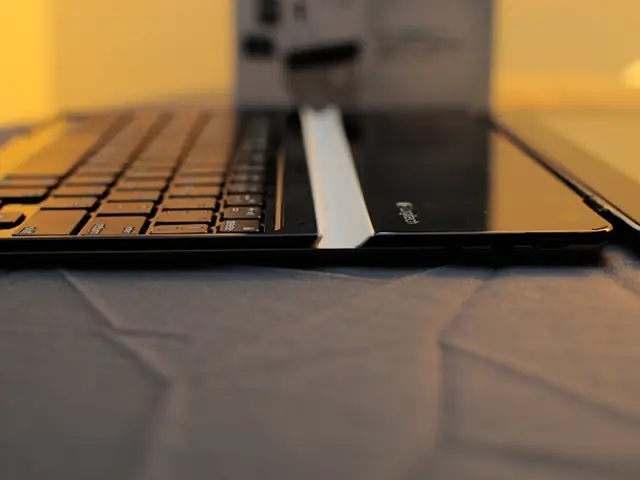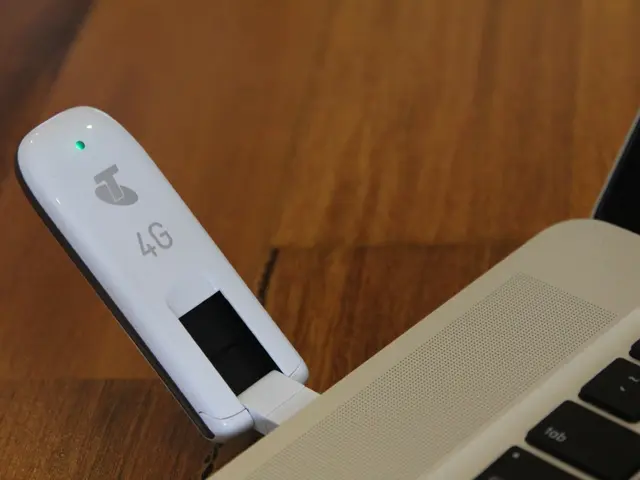Defense Officials Pressured to Accelerate Deployment of Small Drones and Address Potential Threats
U.S. Bolsters Defenses Against Small Drones Amid Escalating Threats
In response to the increasing threat posed by small drones to U.S. forces, the Pentagon is pledging to accelerate the manufacturing of American drones and swiftly deploy them. This multi-faceted approach involves regulatory frameworks, advanced detection and mitigation technologies, inter-service coordination, and the development and deployment of offensive small drone systems.
Countering Small Drone Threats
The Pentagon has established a joint interservice task force, led by the U.S. Army, to speed up the deployment of anti-drone defensive systems. This task force aims to create scalable and flexible solutions to neutralize small drone threats effectively and rapidly.
The Department of Defense (DOD) has adopted a 2024 unified strategy that emphasizes layered defenses. This strategy combines kinetic interceptors (physical destruction) with electronic warfare systems, including RF jamming and cyberattacks. The strategic shift aims to detect and defeat small drones before they can inflict harm.
The Defense Innovation Unit (DIU) is collaborating with multiple technology companies to assess low-cost, high-precision counter-small unmanned aerial system (C-sUAS) sensors and technologies. These systems focus on detection and defeat measures against small drones, including those with low or no emissions and advanced connectivity such as 5G.
Congressional regulatory measures are also in place to mitigate drone threats. These steps include universal electronic conspicuity requirements for aircraft, federal flight-restriction services, and expanded authority and training programs for state and local law enforcement to respond to drone incursions.
Deploying Offensive Small UAS
The Pentagon is actively working on developing U.S. offensive small unmanned aerial system capabilities that rival or exceed those of adversaries like Russia, China, and Ukraine. This includes equipping forces with battlefield drones capable of both offensive and defensive roles.
Emphasis is being placed on drone-on-drone combat, with the belief that the most cost-effective way to counter hostile small drones is by deploying U.S. offensive small drones that can intercept or neutralize the threat directly.
Context and Urgency
These efforts come amid a sharp increase in drone attacks on U.S. personnel and assets, including fatal attacks in the Middle East (Jordanian-Syrian border) and persistent threats against Navy vessels in strategic waterways like the Red Sea and Gulf of Aden.
Both the Pentagon and Congress recognise the rapid pace of drone technological advancement and the urgent need for adaptable, integrated countermeasures comprising detection, defense, and offensive capabilities.
In summary, the U.S. is addressing small drone threats through a comprehensive and dynamic approach that involves regulatory frameworks, advanced detection and mitigation technologies, inter-service coordination, and the development and deployment of offensive small drone systems. This strategy aims to achieve airspace dominance and protect U.S. forces both abroad and domestically.
- The Pentagon, leading a joint interservice task force, is expediting the deployment of anti-drone defensive systems in response to the escalating threats posed by small drones.
- The Department of Defense (DOD) is adopting a unified strategy that integrates kinetic interceptors and electronic warfare systems, including RF jamming and cyberattacks, to detect and defeat small drones.
- The Defense Innovation Unit (DIU) is collaborating with technology companies to assess low-cost, high-precision C-sUAS sensors and technologies focused on detection and defeat measures against small drones.
- Congressional regulatory measures are taking place to mitigate drone threats, including universal electronic conspicuity requirements and expanded authority for state and local law enforcement to respond to drone incursions.
- The Pentagon is focusing on developing U.S. offensive small unmanned aerial system capabilities, aiming to equip forces with drones capable of both offensive and defensive roles.
- Emphasis is being placed on drone-on-drone combat, with the belief that deploying U.S. offensive small drones can effectively neutralize hostile small drones.
- These efforts are taking place amid increased drone attacks on U.S. personnel and assets, emphasizing the urgency for adaptable, integrated countermeasures in space warfare, aviation, and cybersecurity technology.








